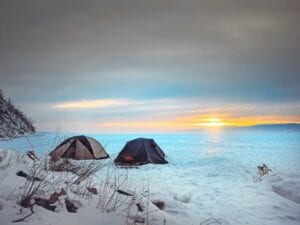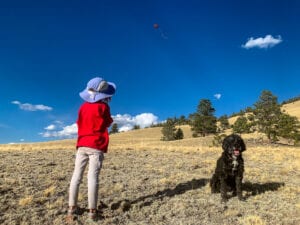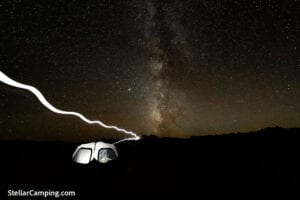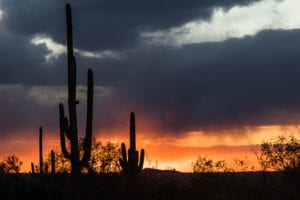Developed campgrounds
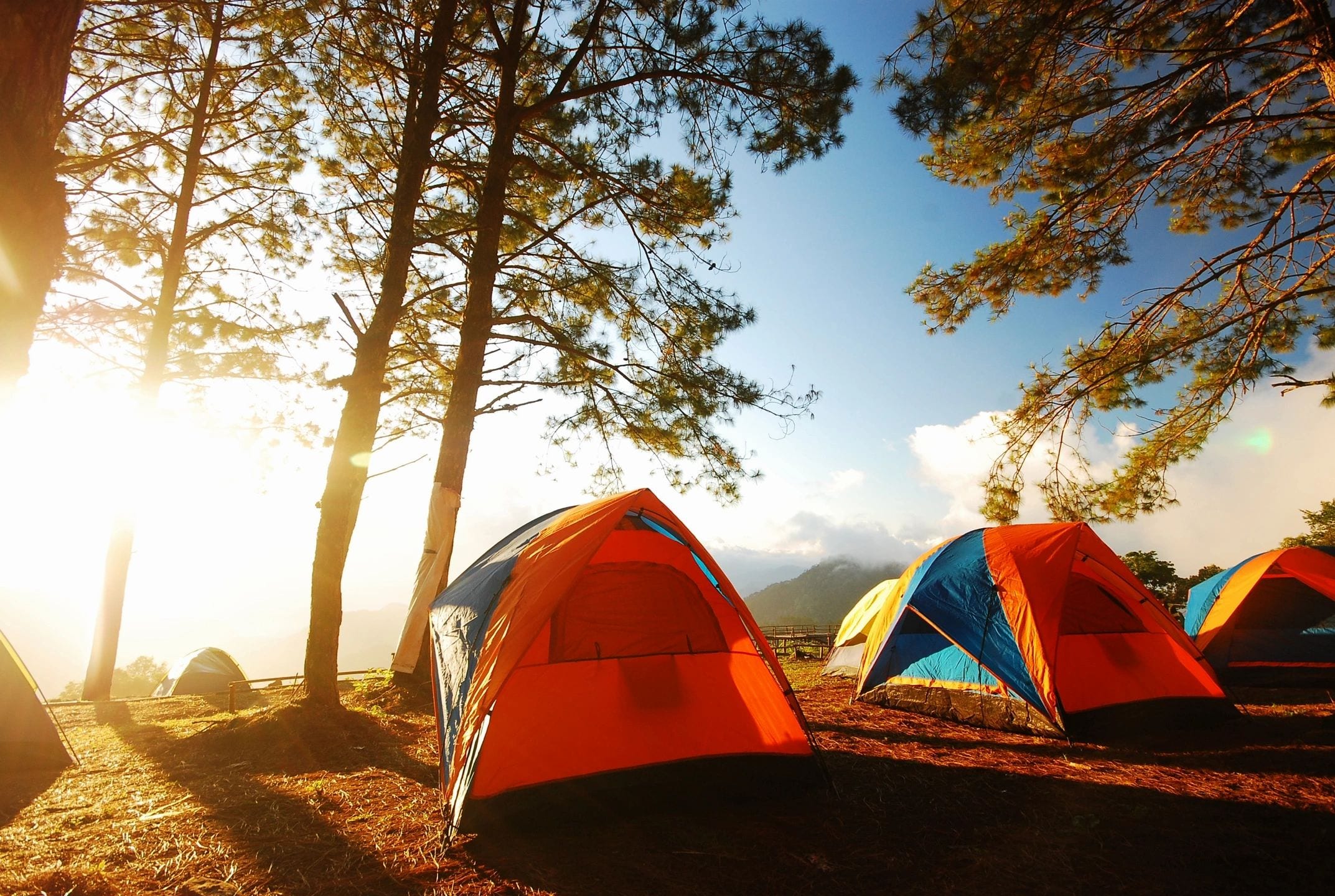
Some campgrounds require reservations, while others operate on a first come, first served basis. Popular campgrounds can fill up six months or more in advance, so plan ahead!
Listed below are some of the most helpful websites and apps for finding a campground:
- ReserveAmerica.com: the largest provider of campsite reservations in North America, this site handle reservations for federal campgrounds and some state and private campgrounds
- Recreation.gov: a national database that provides information about campsites on various types of federal land and that allows users to make reservations
- FreeRoam: shows campsites nationwide on an interactive map that allows users to apply various filters
- Campendium.com: a source of information on campgrounds in national fore sts, national parks, and state parks
- Ultimatecampgrounds.com: lists public campgrounds in both the U.S. and Canada
- Thedyrt.com: a resource for selecting campgrounds, featuring campground reviews by campers
- Forestcamping.com: a guide to a wide array of campgrounds in National Forests
- Hipcamp.com: a platform for booking campsites, including privately owned sites à la Airbnb
- Campsitephotos.com: offers photos of campgrounds throughout the U.S. to help campers choose the right campground for them
And you’d be surprised how many resources you’ll find simply by typing “Camping near me” into a search engine!
What are developed campsites like
Developed campgrounds often consist of one or more loops leading to individual campsites. Most developed campgrounds are accessible to a wide range of vehicle types, though if you have a sedan or a particularly large vehicle you should double check in advance. Amenities typically found at developed campgrounds include a fire ring, picnic table, and toilets. Some campgrounds have a much wider array of amenities like showers, laundry facilities, and stores. Activities such as ranger programs, movie nights, yoga classes, and live music are featured at some campgrounds.
Things to consider when picking a campground
- Are reservations available?
- What is the cost?
- Are you allowed to pick your own spot?
- How spacious is each individual site?
- How large is the campground as a whole?
- What kinds of amenities are available?
- Are campfires allowed?
- What outdoor activities, water bodies, and sights are nearby?
- If you have an RV or camping van, does the campground offer hook-ups and does it accommodate the size of your vehicle?
Types of campgrounds
- Forest Service campgrounds
- According to the experts at forestcamping.com, fees at national forest campgrounds typically run $5-12 nightly, but fees can range anywhere from $0 to $25/night
- The level of amenities can vary quite a bit, with some Forest Service sites categorized as primitive and others qualifying as highly developed
- National parks campgrounds
- These campgrounds tend to be relatively expensive, and reservations are often required relatively far in advance
- Some national parks have first come, first served campgrounds that are less developed, but you may need to get to those spots early in the day to nab a spot
- Bureau of Land Management (BLM) campgrounds
- Campsites are typically not highly developed
- Most sites are available on a first come, first served basis, but some are reservable
- Fees often range from $4 to $20 nightly
- State and local campgrounds
- These campgrounds tend to be less in demand
- Fees vary depending on the circumstances
- Private campgrounds
- National chains, like KOA, which has nearly 500 sites in the U.S. and Canada
- Individually owned private campgrounds
- Land owned by individuals and offered for camping through Hipcamp.com or similar avenues
Huts and yurts
As a variation on campgrounds, some backcountry areas have hut systems that campers can hike to. Huts often provide kitchens, lanterns, a stove, and an outhouse, but campers must bring food, bedding, and other supplies. Examples include the Maine Huts & Trails, the Rendezvous Huts in Washington, the Clair Tappaan Backcountry Huts in California, and the Mountaineering Club of Alaska Hut System. Campers can also find yurts throughout the country, such as Shearwater Cove in Alaska, the Yellowstone Expeditions Yurt Camp, Treebones Resort in Big Sur, California, and Frost Mountain yurts in Maine. Yurt style varies widely, from spartan to luxurious.



